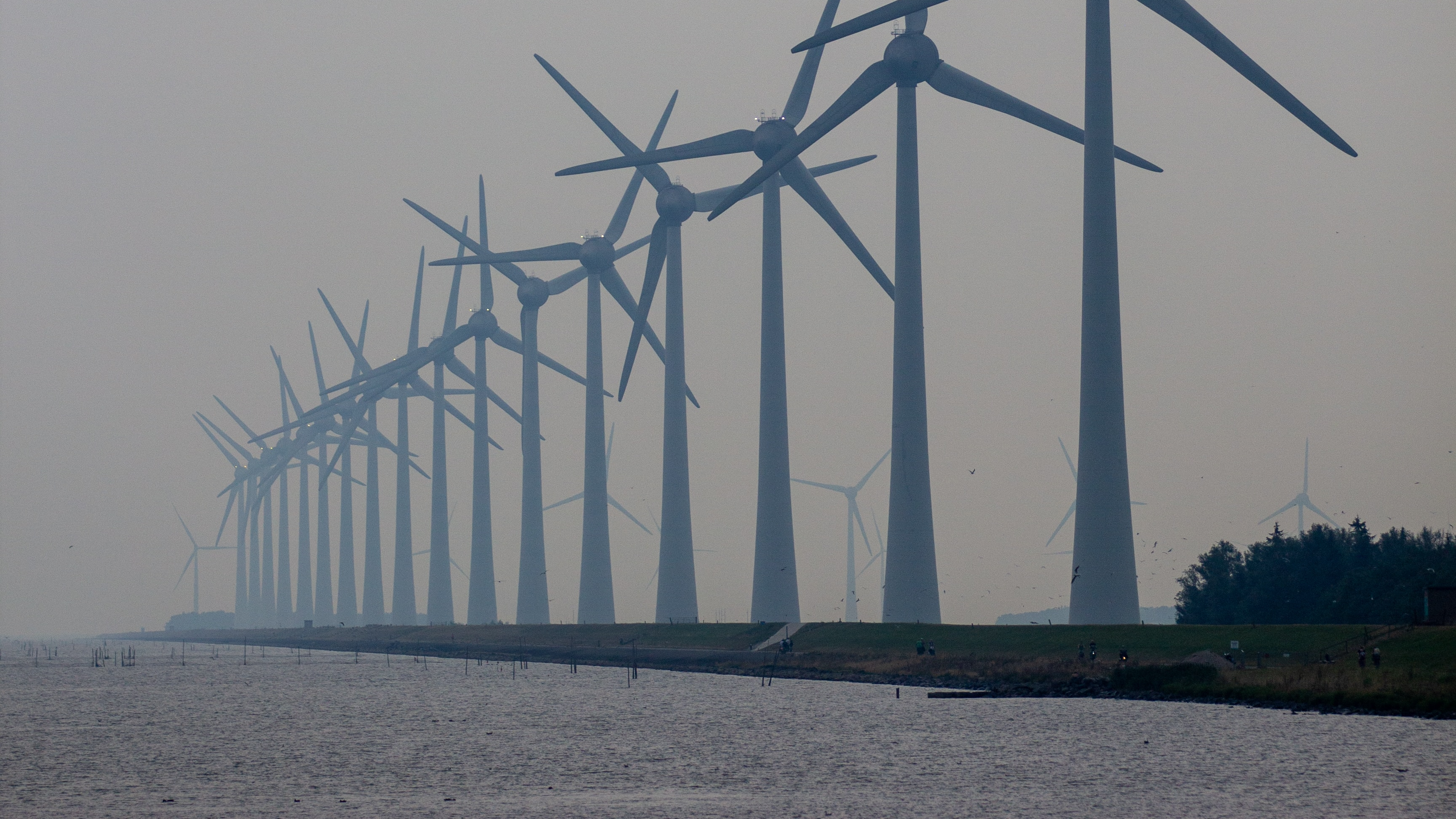
4. Looking ahead: key challenges and opportunities for integrated macroeconomic modelling
Integrated CGE models have made important contributions to the analysis of the impacts of climate change on the global economy (Berrittella et al., 2006; Böhringer, 1998; Nelson et al., 2014; United Nations Development Programme, 2016; van der Mensbrugghe, 2013) and have been extensively used for the assessment of the costs and benefits of climate mitigation policies on macroeconomic variables (Elliott et al., 2010), firms and trade (Paltsev et al., 2007), and households (Boccanfuso et al., 2013). Key climate mitigation policies and strategies in scope include carbon taxation, emission reduction targets, emission trading, energy efficiency, and renewable energy production technologies (Kaushal and Yonezawa, 2022; Kiuila and Rutherford, 2013; Koljonen et al., 2021; Lankoski and Ollikainen, 2011).
Textbox 2: ICMM project Steering Group | |
|---|---|
The main role of the Steering Group (SG) was to act as an advisory body for the ICMM project and to provide inputs on the direction, objectives and thematic focus of the different technical and policy workshops. Steering Group members were recommended by the ICMM network members and invited after discussion with the Scientific Advisor of the Project (Juha Honkatukia, Merit Economics). Three main meetings were scheduled during the duration of the project (between May 2022 and March 2023). The SG was composed of:
|
With a Nordic focus, the 2023 Nordic Economic Policy Review explores the implications of new EU-wide climate policies in the Nordic countries from a multi-dimensional perspective (Flam et al., 2023).
Building on the core climate-economy modelling tools in each country and looking ahead, based on the discussions held in the ICMM network and the feedback received from the Project’s Steering Group (see Textbox 2), the following points summarise the general research areas, application fields, operational and methodological challenges that will potentially attract greater research interest in the years to come, in the Nordic and European contexts:
i) Selected thematic priorities for integrated CGE models:
- Rapid decarbonisation: Economic and socio-economic impacts of net-zero targets by 2050 and adjustment cost to rapid decarbonization in view of technological options (sector coupling).
- Technology substitution: For instance, fossil-free green steel and cement production using hydrogen or carbon capture and storage are examples of new technologies that should be considered in model development to improve deep decarbonization scenarios.
- Carbon pricing: Incidence and impact of carbon pricing and emissions regulations, particularly considering alternative rebating rules for revenues from carbon pricing.
- Carbon leakage: Competitiveness impacts and effectiveness of unilateral carbon policies in inter-dependent economies, in the face of potential carbon leakage.
- LULUCF: Detailed exploration of the role of Agriculture, Land Use, Land Use Change and Forestry (LULUCF) in the following generation of climate mitigation policies.
- Climate financing: The role of climate funds and specific financial tools aimed at increasing cost-efficiency (e.g. reversed auctioning).
- Distributional effects: Comparative analysis of emissions pricing vs alternative emission regulations across households, regions and generations.
- Multilateral burden sharing: Contribution of multilateral and multi-domain policy frameworks – EU policy, Nationally Determined Contributions (NDCs) and climate financing, including competitiveness effects of fragmented climate policies for emissions-intensive and trade-exposed (EITE) sectors, including sub-global action or national policies with very different ambition levels.
ii) Remaining operational challenges for integrated CGE models:
- Data granularity: Availability of detailed data at sub-national and sub-industry level (e.g. household disaggregation based on income-expenditure data).
- Regulatory details: Consideration of regulatory specificities in selected industries (e.g. use of satellite environmental data in combination with Global Trade Analysis Project -GTAP- to include process emissions for industries such as cement).
- Technology transitions: Modelling technological change, e.g. bottom-up foundation of top-down models to represent sector coupling options based on engineering or technological information (e.g. power-to-X technologies).
- Dynamic CGE modelling: This approach is necessary to investigate optimal adjustment paths (speed of decarbonization) in combination with issues of capital malleability (putty-clay).
- Behavioural change: Incorporate social and consumer behaviour based on discrete choices.
- New policies: Appropriate translation of real-world policy proposals such as Carbon Border Adjustment Mechanism (EU-CBAM) into model baselines and scenarios.
- Climate adaptation: Integration of the financial costs of climate risks and ancillary benefits of climate change adaptation measures, including nature-based solutions, on ecosystem services.